| Weight | 1 lbs |
|---|---|
| Dimensions | 9 × 5 × 2 in |
| accession | Q16627 |
| express system | E.coli |
| product tag | none |
| purity | > 97% by SDS PAGE |
| molecular weight | Predicted Molecular Mass: 7.801 kDa Extinction Coefficient: 13,850 M-1 cm-1 Actual Molecular Mass: 7.801 kDa by ESI Mass Spec |
| available size | 100 µg, 1mg, 20 µg, 5 µg, 50 µg |
| endotoxin | <0.01 EU per 1μg of the protein by the LAL method |
| sequence | GPYHPSECCFTYTTYKIPRQRIMDYYETNSQCSKPGIVFITKR GHSVCTN PSDKWVQDYIKDMKEN |
Hemofiltrate CC chemokine-1 (HCC-1/CCL14) 6008
Price range: $61.00 through $2,189.00
Summary
- Expression: E.coli
- Amino Acid Range: 28-93
Hemofiltrate CC chemokine-1 (HCC-1/CCL14)&
| protein |
|---|
| Database link: human Q16627 |
| Size and concentration 5, 20, 50, 100, 1000µg and lyophilized |
| Form Lyophilized |
| Storage Instructions Avoid repeated freeze-thaw cycles: • 12 months from date of receipt, -20 to -70 °C as supplied. • 1 month, 2 to 8 °C under sterile conditions after reconstitution. • 3 months, -20 to -70 °C under sterile conditions after reconstitution |
| Storage buffer ​Reconstitution: Spin sample prior to reconstitution. Recommended concentration of 100µg/mL in sterile water. Shipping: Room Temp |
| Purity > 97% by SDS PAGE and HPLC |
| target relevance |
|---|
| Hemofiltrate CC chemokine-1(HCC-1/CCL14) is endogeneously expressed by numerous tissues. Upon processing of the N terminal residues of the full length HCC-1 by the uPA-plasmin system, the active form of HCC-1 is a strong agonist for CCR1, CCR5 and to a lesser extent CCR3, and causes chemotaxis of different types of leukocytes. The active form of HCC-1 is also shown as a potent inhibitor of HIV entry. |
| Protein names C-C motif chemokine 14 (Chemokine CC-1/CC-3) (HCC-1/HCC-3) (HCC-1(1-74)) (NCC-2) (Small-inducible cytokine A14) [Cleaved into: HCC-1(3-74); HCC-1(4-74); HCC-1(9-74)] |
| Gene names CCL14,CCL14 NCC2 SCYA14 |
| Protein family Intercrine beta (chemokine CC) family |
| Mass 10678Da |
| Function FUNCTION: Has weak activities on human monocytes and acts via receptors that also recognize MIP-1 alpha. It induces intracellular Ca(2+) changes and enzyme release, but no chemotaxis, at concentrations of 100-1,000 nM, and is inactive on T-lymphocytes, neutrophils, and eosinophil leukocytes. Enhances the proliferation of CD34 myeloid progenitor cells. The processed form HCC-1(9-74) is a chemotactic factor that attracts monocytes, eosinophils, and T-cells and is a ligand for CCR1, CCR3 and CCR5. {ECO:0000269|PubMed:11085751}. |
| Subellular location SUBCELLULAR LOCATION: Secreted. |
| Tissues TISSUE SPECIFICITY: Expressed constitutively in several normal tissues: spleen, liver, skeletal and heart muscle, gut, and bone marrow, present at high concentrations (1-80 nM) in plasma. {ECO:0000269|PubMed:9600961}. |
| Post-translational modification PTM: The N-terminal processed forms HCC-1(3-74), HCC-1(4-74) and HCC-1(9-74) are produced in small amounts by proteolytic cleavage after secretion in blood.; PTM: HCC-1(1-74), but not HCC-1(3-74) and HCC-1(4-74), is partially O-glycosylated; the O-linked glycan consists of one Gal-GalNAc disaccharide, further modified by two N-acetylneuraminic acids. {ECO:0000269|PubMed:10978165}. |
| Target Relevance information above includes information from UniProt accession: Q16627 |
| The UniProt Consortium |
Data
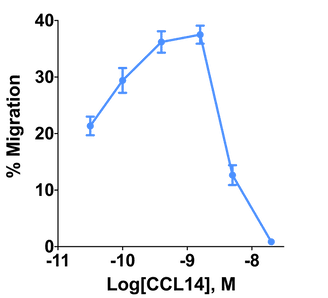 |
| Migration Assay: Cells expressing recombinant CCR1 were assayed for migration through a transwell filter at various concentrations of HCC-1. Responses are expressed as the % of total input cells. |
Publications
Warning: Cannot modify header information - headers already sent by (output started at /www/benchmarkantibodiescom_769/public/wp-includes/script-loader.php:3015) in /www/benchmarkantibodiescom_769/public/wp-content/plugins/shortcode-manager/shortcode-manager.php(453) : eval()'d code on line 3
Publications
| pmid | title | authors | citation |
|---|---|---|---|
| We haven't added any publications to our database yet. | |||
Protocols
| relevant to this product |
|---|
| Migration assay |
Documents
| # | ||
|---|---|---|
| Please enter your product and batch number here to retrieve product datasheet, SDS, and QC information. | ||
Only logged in customers who have purchased this product may leave a review.
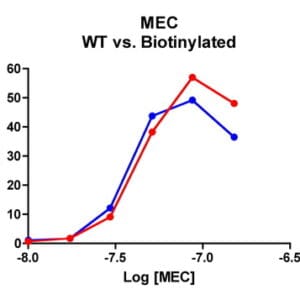

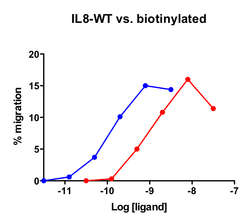
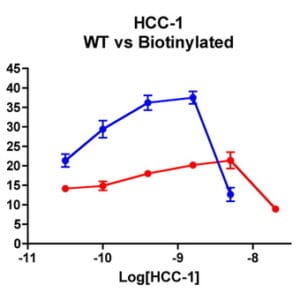
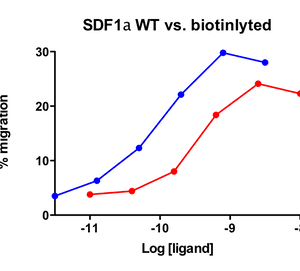
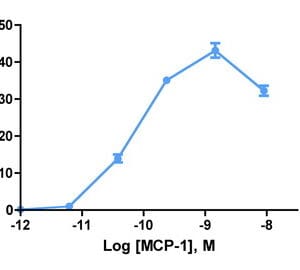
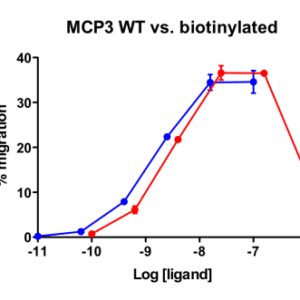
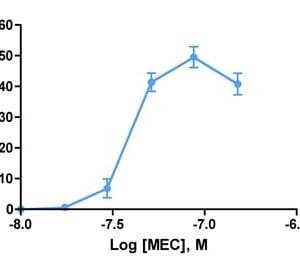
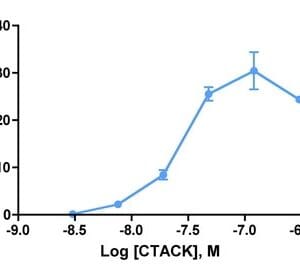

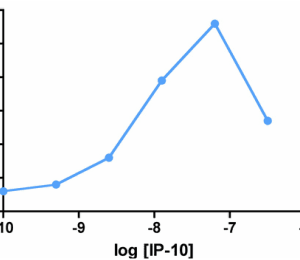
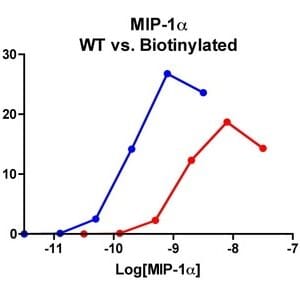
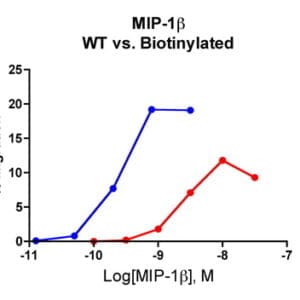

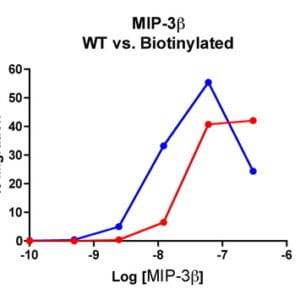
Reviews
There are no reviews yet.